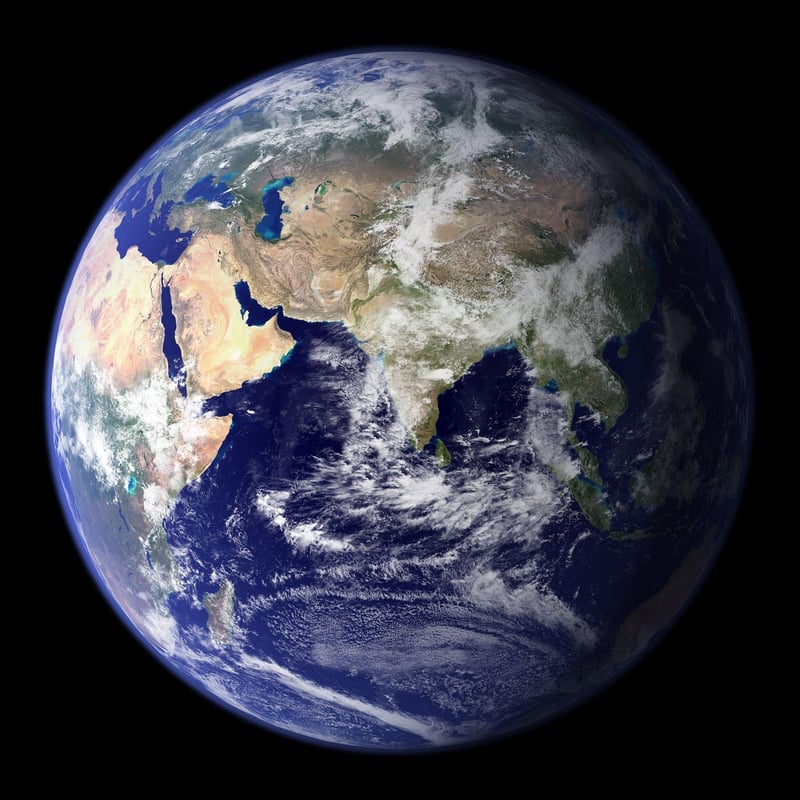Multiverse Theory
Dive into Different Dimensions and Multiverse Theory
Have you ever wondered about the possibility of other dimensions beyond our own? The concept of different dimensions and the Multiverse Theory has fascinated scientists, philosophers, and science fiction enthusiasts for decades. Let's explore this mind-bending topic and delve into the realms of theoretical physics and speculative science.
What are Dimensions?
In physics, a dimension is a measure of the space required to define an object's position. We commonly experience three spatial dimensions (length, width, height) and one temporal dimension (time). However, in theoretical physics, there are discussions about the existence of additional spatial dimensions beyond the ones we perceive.
The Multiverse Theory
The Multiverse Theory proposes the existence of multiple universes or realities that coexist alongside our own. These universes could have different physical laws, constants, and even different versions of ourselves. There are various interpretations of the Multiverse Theory, including the Many-Worlds Interpretation and the Bubble Multiverse.
Many-Worlds Interpretation
In the Many-Worlds Interpretation, every possible outcome of a quantum event is realized in a separate universe. This means that there are countless parallel realities where every choice we make spawns a new universe. It's a mind-boggling idea that suggests an infinite number of universes exist, each branching out from every decision point in time.
Bubble Multiverse
The Bubble Multiverse theory suggests that our universe is just one of many bubble-like universes within a larger multiverse. These bubbles can form, expand, and sometimes collide with each other, potentially leaving imprints or influencing each other in subtle ways. Each bubble universe may have its own unique properties and physical laws.
Exploring the Unknown
While the idea of different dimensions and the Multiverse Theory may sound like science fiction, it's a legitimate area of study for physicists and cosmologists. Through mathematical models, simulations, and theoretical frameworks, scientists are pushing the boundaries of our understanding of the cosmos.
Conclusion
As we ponder the mysteries of the universe, the concepts of different dimensions and the Multiverse Theory invite us to imagine worlds beyond our own and contemplate the vastness of reality. While we may never be able to directly observe these other dimensions, the exploration of such ideas fuels our curiosity and expands our perspectives on the nature of existence.
Are you ready to embark on a journey through the realms of theoretical physics and speculative science?

Image Source: Pixabay
